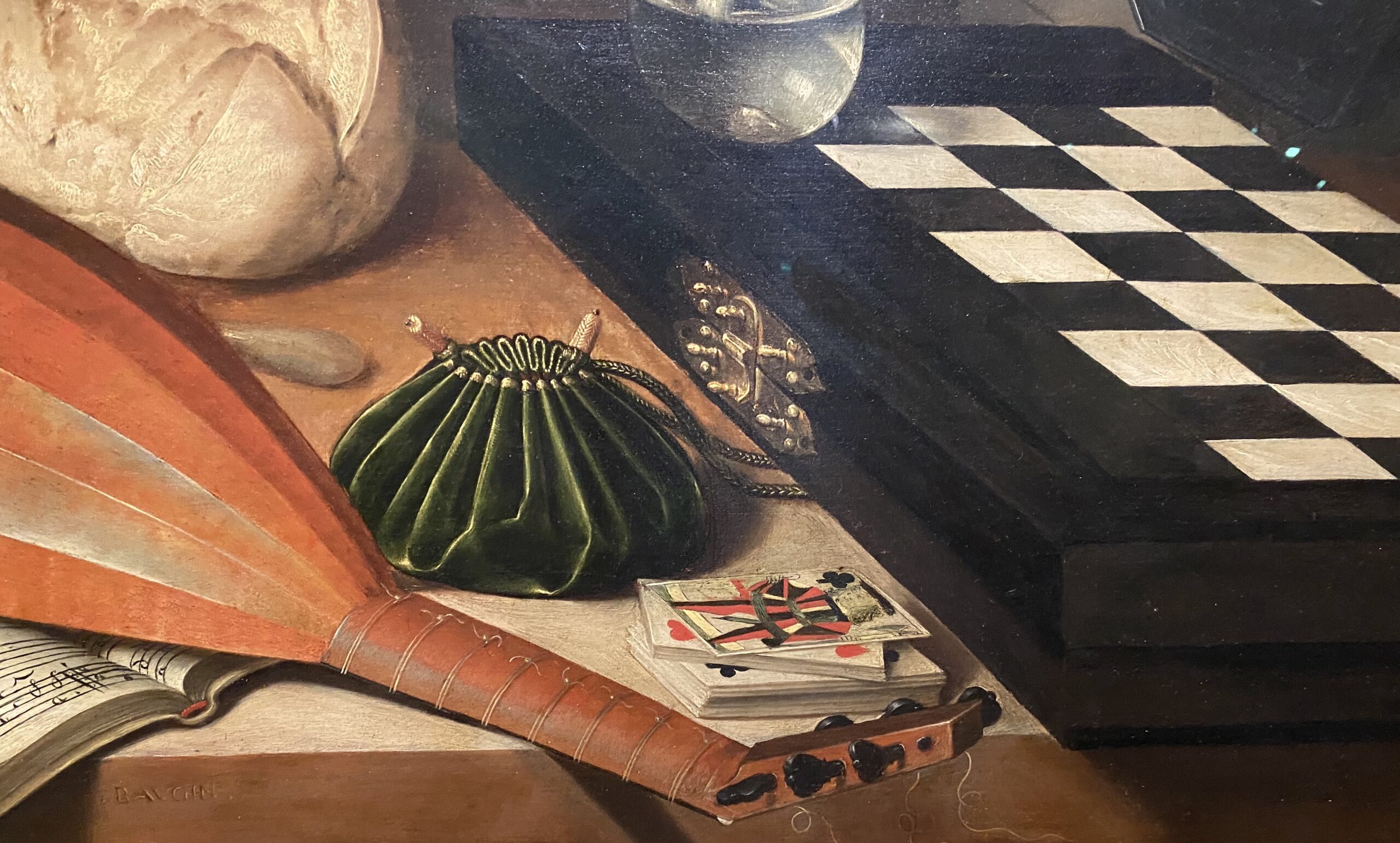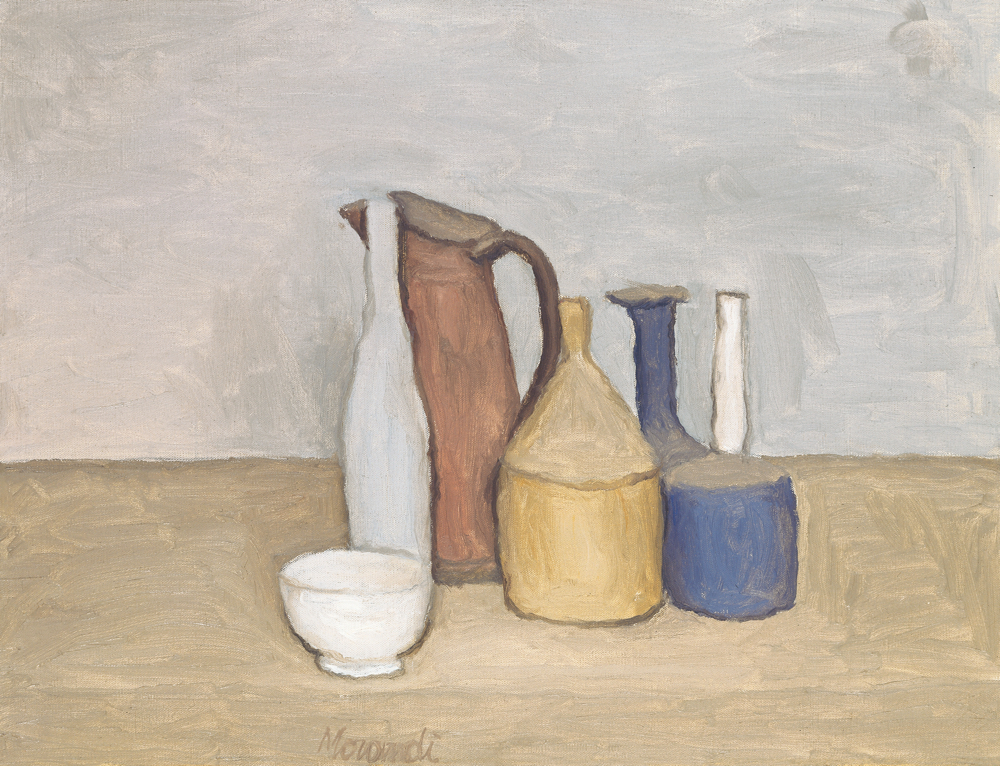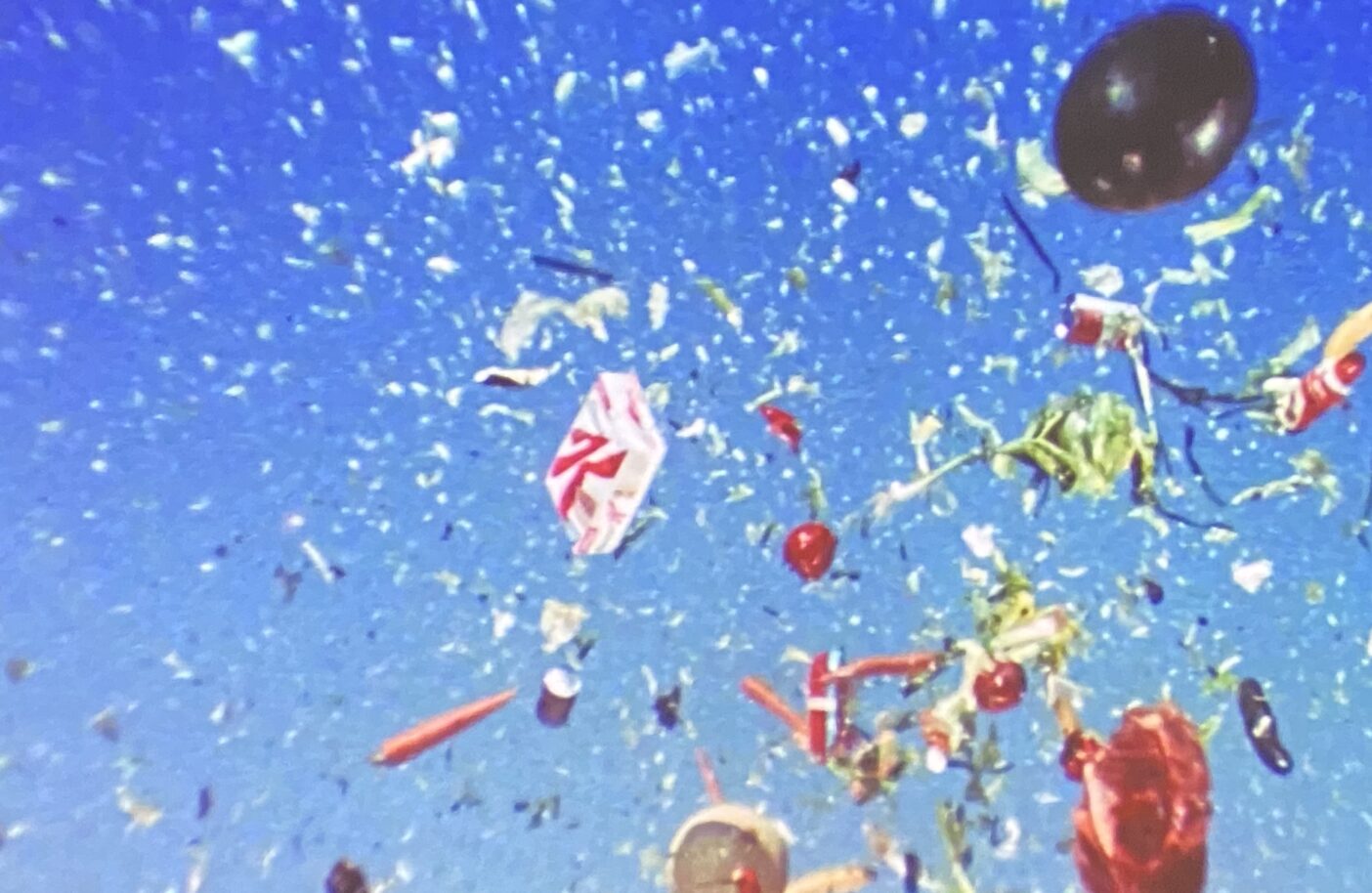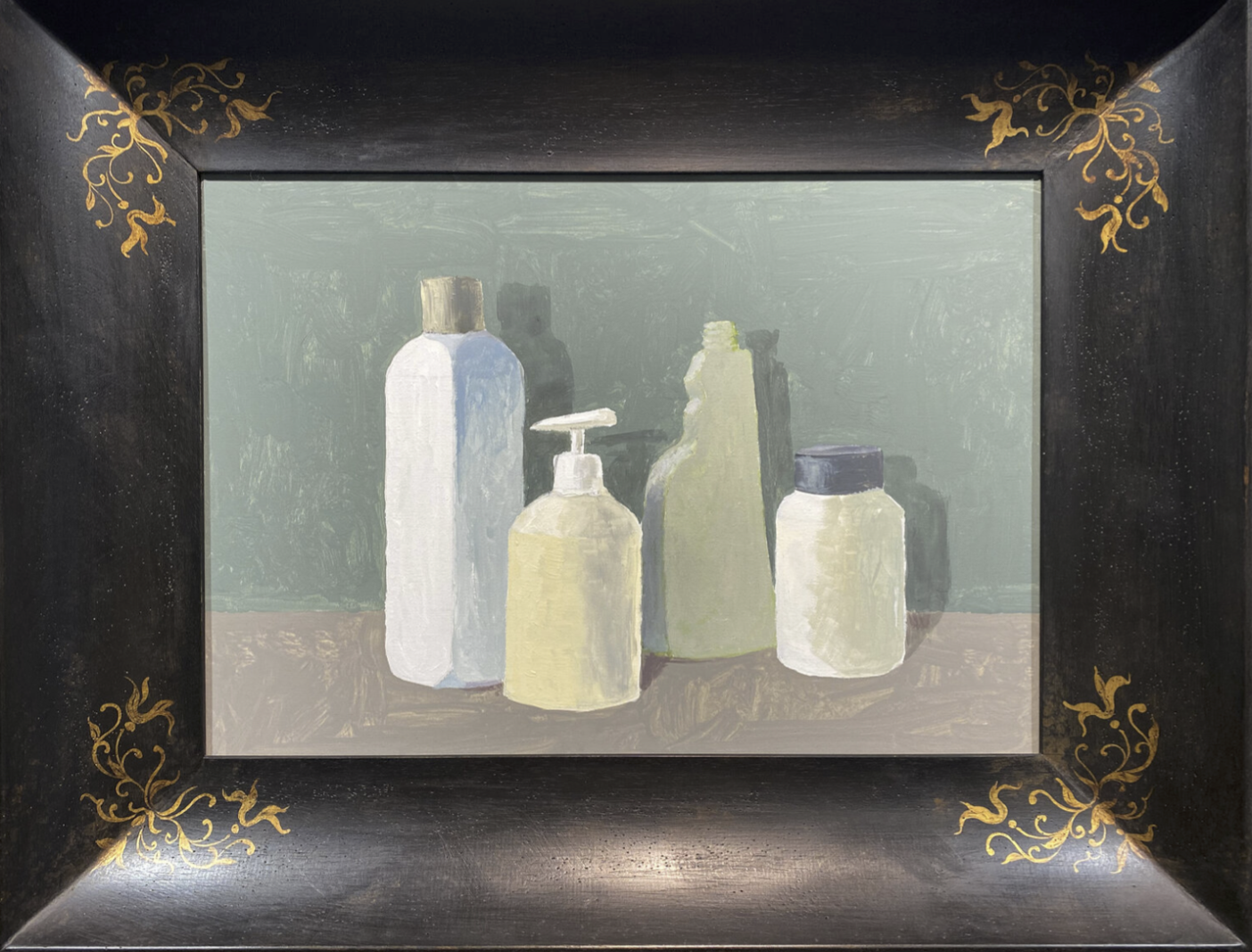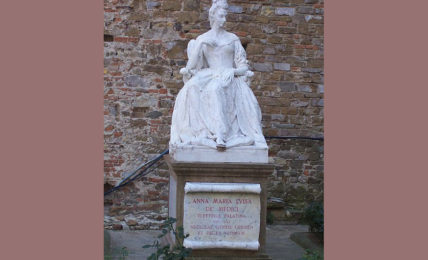La mostra “Le cose” al Louvre e l’approdo alla silenziosa immobilità: fino al 23 gennaio
Quando il viaggiatore si ferma davanti alla natura morta poggia il suo sguardo fisso sulle cose fisse. La mostra del Louvre intende investigare il mistero di questi quadri enigmatici e ipnotici.
